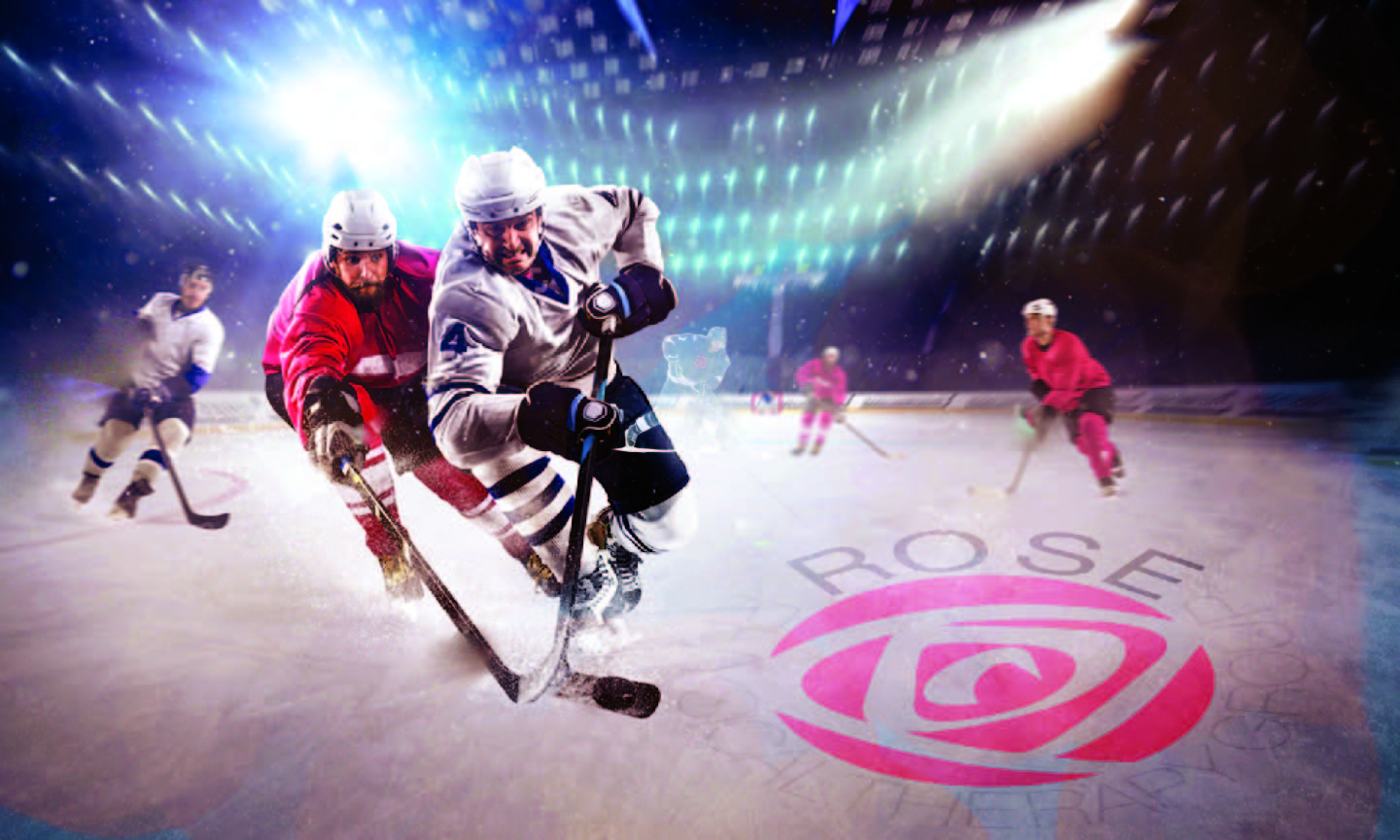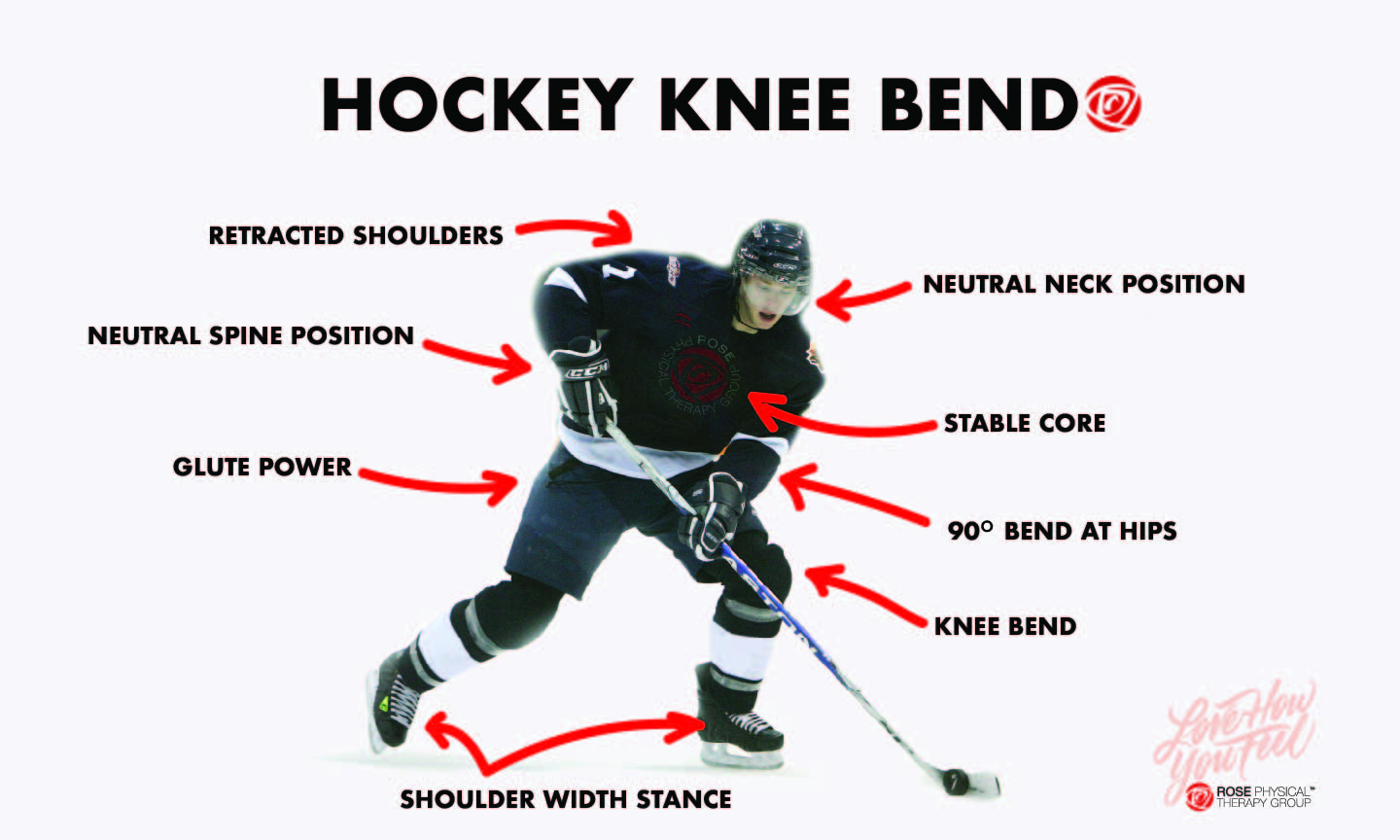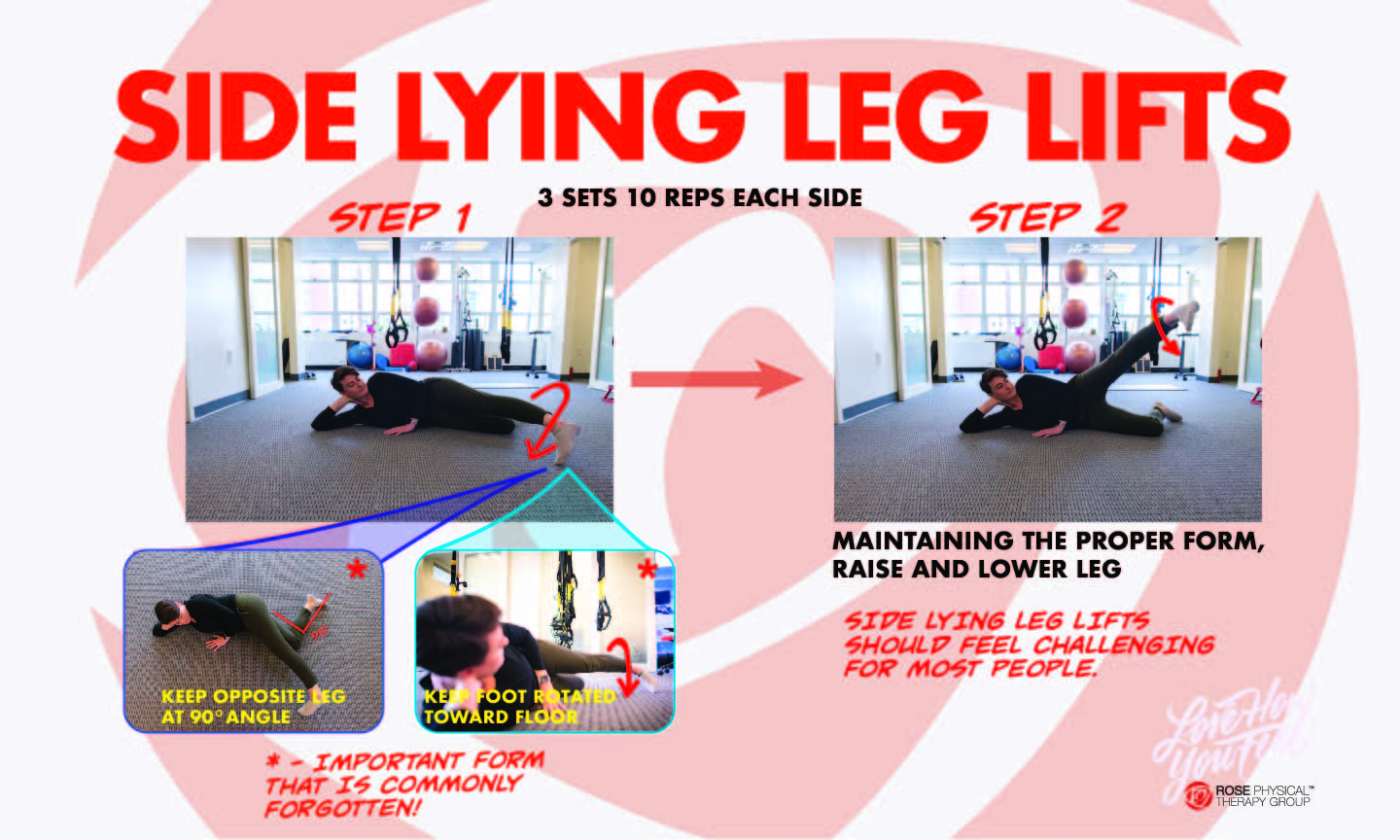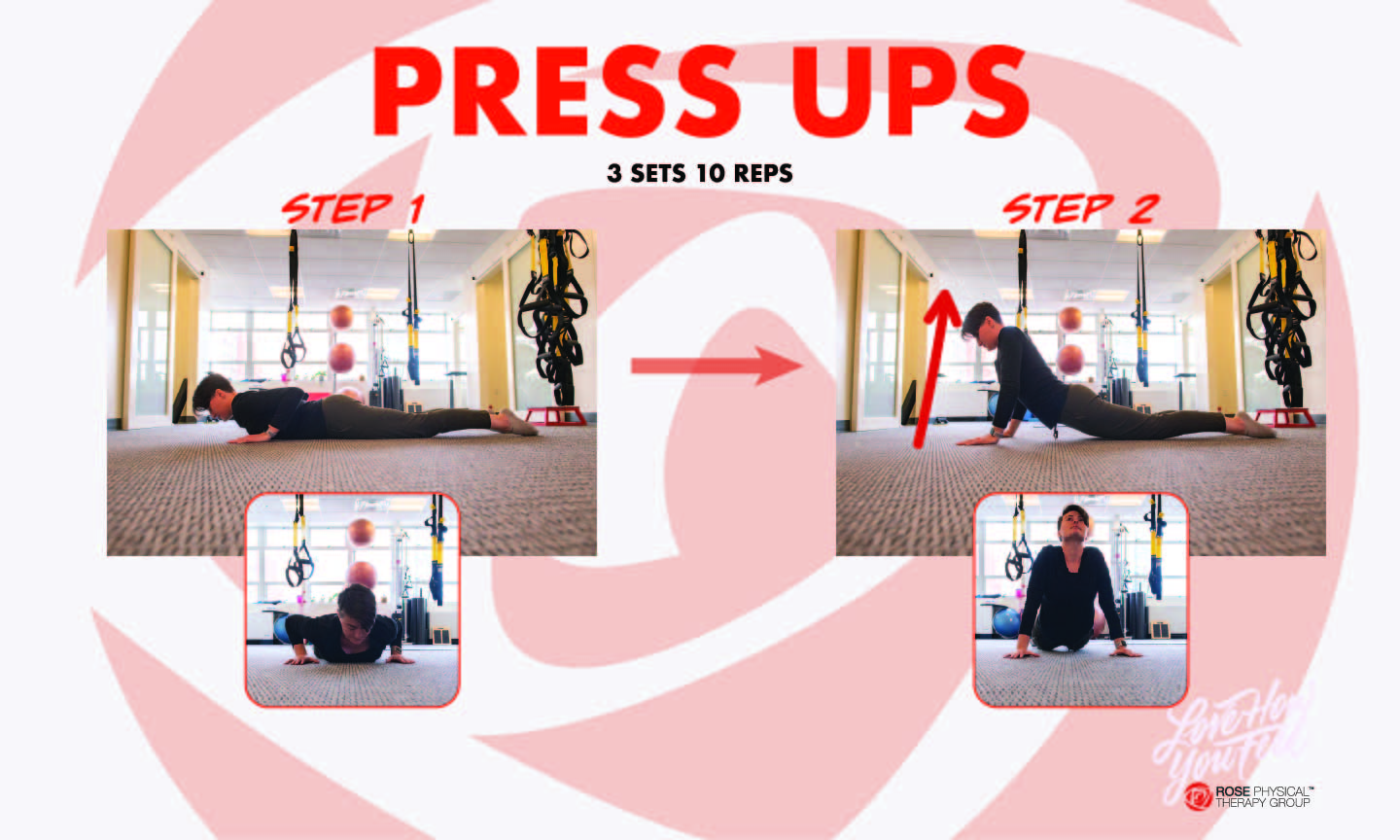Bending your knees is critical: Most players know intuitively to bend their knees, but understanding why can help avoid injuries.

Here are components of the proper hockey stance and knee bend:
- Knee bend: Proper hockey stance involves enough bending at the knees to achieve a 90-degree bend at the hips. Some of this flexion, as we call it in physical therapy, is coming from the knees and some from the hips, as shown in the diagram of the hockey player.
- Hip bend: Not all of the flexion come from bending at the knees. Stance position during play also involves bending of the hips in order to maintain a neutral spine position. Keeping a 90 degree bend at the hips allows you to activate your glutes in addition to your quads.
- Neutral Spine: In the forward bent position of the hips, the spine stays neutral without any rounding of the back. Avoiding hunching over or bending forward at the back during any sort of sport, especially as high intensity as hockey, is key to avoiding improper loading throughout the back and spine and therefore key to avoiding injury.
- Retracted Shoulders: Shoulders stay back in order to maximize upper body strength during use of the hockey stick.
- Neutral Neck: Neck also stays neutral insure proper field of vision of the rink as well as decreased mechanical stresses on the neck.
- Core Stability and Shoulder Width Stance: Keeping your spine neutral doesn’t necessarily mean you are activating your core – making sure to keep a solid core is key in avoiding overuse of improper muscles to stabilize, such as superficial back muscles and hip muscles. Keeping legs in a shoulder width stance helps keep a center of balance that helps activate core stability.

I love spectating hockey! It’s one of my favorite past times. I have many friends who play on the Washington Wolves women’s hockey league. Every time I hang out with them I get asked questions about injuries. A common theme that I hear amongst players is that many of them suffer from back pain. Recently, while watching an NHL Washington Capitals game with the Washington Wolves, a member of the Wolves team asked what I thought about Olympic weight lifting for someone with a recent spinal fusion surgery. Another of her teammates asked me about ways to maintain good stance at the hockey stick to avoid back injuries in the future.
When looking at any athlete, it is important to know their sport and training. First self-analyze basic form as listed above. If difficulty is observed in achieving proper stance for play further analysis is needed. This is where your expert physical therapists at Rose Physical Therapy Group can come in handy! We have the tools and expertise to help analyze where the deficits may be coming from and help correct them.
Below are some great exercises to start with stabilizing hips, maintaining spine mobility and stabilizing core. All are great exercises for hockey players.
- Side lying leg lifts for gluteus medius strength training: lie on your side with the leg closest to the floor bent at a 90 degree angle. Extend your top leg out at about a 45 degree angle and twist it so your foot is pointed into the floor. These two form requirements, bending your leg at 90 degrees and turning your foot to the floor, are essential for this exercise to work. Lift your top leg up and down to complete the exercise. It is common for this to be a challenging exercise for athletes of all levels.

- Prone press ups for back mobility: This exercise is popular with McKenzie Mechanical Diagnosis and Therapy (MDT), which many of our therapists are certified in here at Rose Physical Therapy in Washington, DC. Lie facing the floor with your hands in a pushup position. Push your torso up, but do not lift your legs. Hold at the top most position for a second or two before coming down and repeating the motion.

- Dead bugs for core strength and stability: The popular name for this exercise is "dead bugs" and it's a great core exercise that we use in physical therapy here at Rose. It's a change of pace from typical exercises and keeps your back supported while isolating your core muscles.

OLYMPIC WEIGHTLIFTING AFTER SPINAL SURGERY
To answer the question about Olympic Weightlifting after a spinal fusion surgery more directly, it is important to remember that each case is different. Without proper examination it’s impossible to say if Olympic Weightlifting would be right or wrong for someone after any surgery. However, with a full evaluation, collaboration with the surgeons advice, and discussion of an individual case our expert physical therapists at Rose Physical Therapy Group would absolutely be able to help in making that determination. There is nothing inherently bad or wrong about Olympic Weightlifting when done properly. It can be a great tool for building stability and strength. However, there are many factors of underlying fitness and mechanical soundness that must be in place to do it safely.
All of this would be discussed and assessed as part of our physical therapy evaluation process. The physical therapy evaluation or “eval” is the first appointment where we assess your injury and begin designing a treatment program. It is required for insurance coverage and is industry standard because it marks where your injury is at the start of your treatments.
SUMMARY
To sum it up, proper hockey stance during play is the best defense against injury. Doing exercises to help achieve proper stance is key. Self-analyze to find deficits is very important. Seek help from a professional if help is needed!
If you are unsure if these are right for you, come see a physical therapist at Rose PT for more specific questions. We have convenient locations at Farragut Square / Dupont Circle and also near the Navy Yard metro stop in the Capital Riverfront in Southeast DC.



